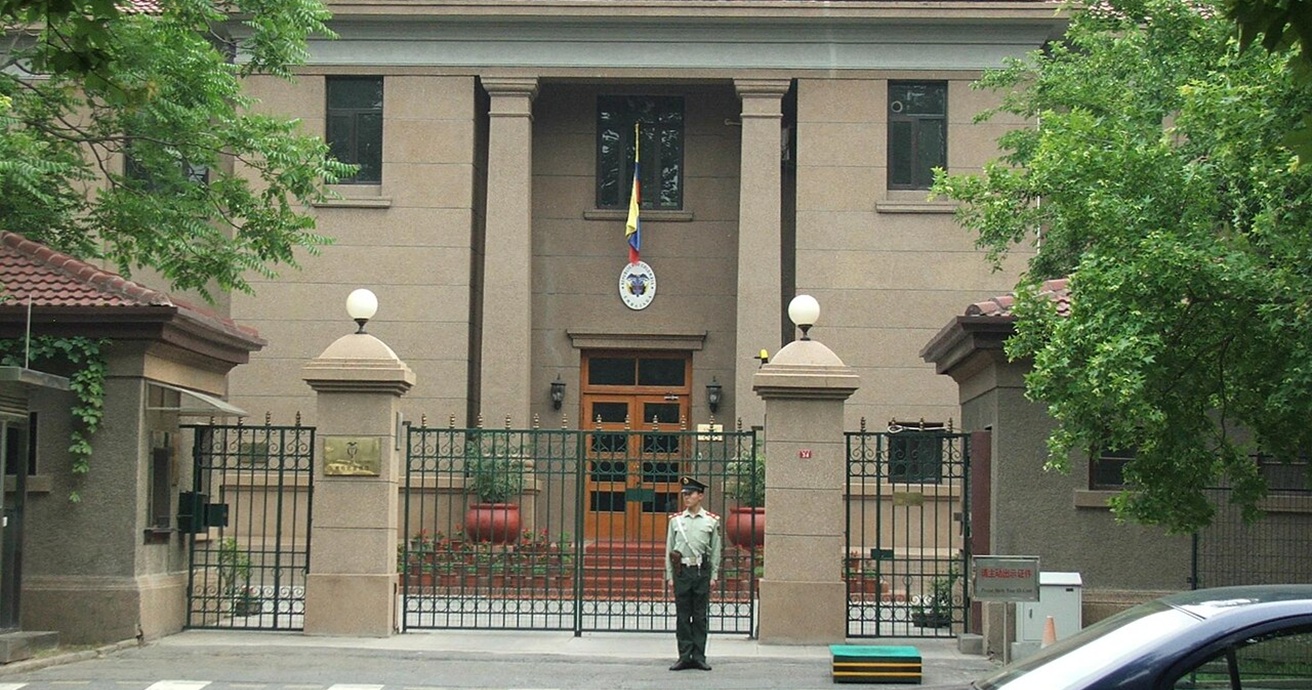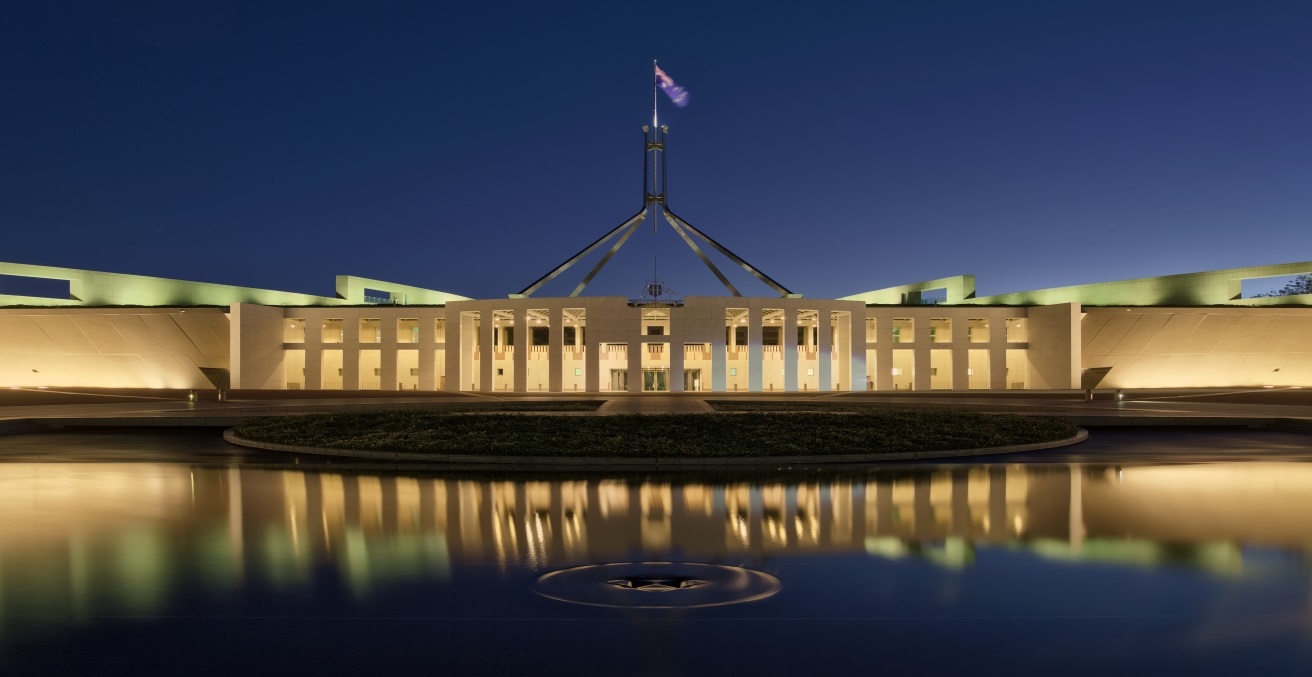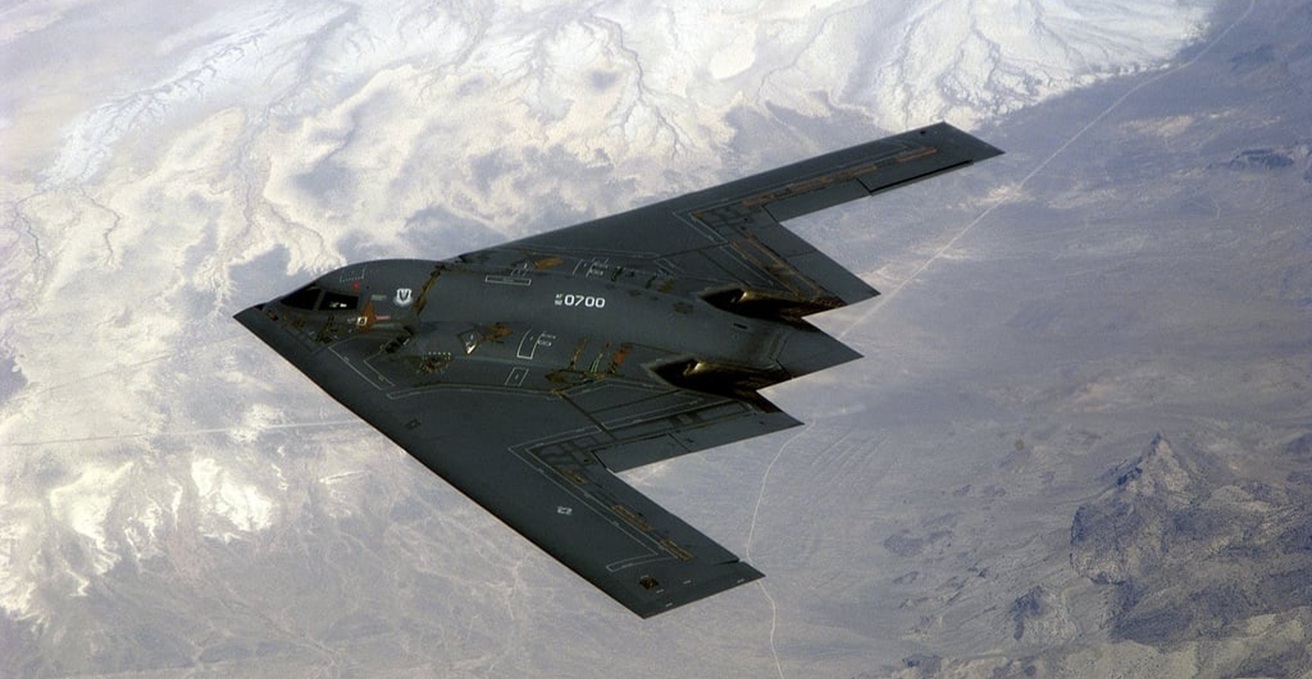China’s 2025 defence budget increased by 7.2%, totalling $245 billion, continuing military modernisation under Xi Jinping. Over the past decade, spending has doubled, focusing on advanced tech. This escalates challenges for India in border security and regional balance.
India and China share a 3,488km-long border, which has been a source of conflict for decades, including the 1962 war and recent skirmishes such as the 2020 Galwan Valley clash. China’s growing military budget signals increased investment in high-altitude warfare, advanced surveillance technology, and infrastructure along the Line of Actual Control (LAC). China has already built new roads, airstrips, and logistics bases in Tibet and Xinjiang, providing its military with better mobility and operational capabilities in case of a conflict. India has responded by enhancing its defence preparedness along the LAC. In 2024, the Indian defence budget stood at approximately $72.6 billion, significantly lower than China’s. To counter China’s increasing military capability, India has focused on deploying advanced missile systems like BrahMos, acquiring fighter jets such as the Rafale, and strengthening its high-altitude warfare units. India has also ramped up infrastructure development in Ladakh and Arunachal Pradesh, including the construction of all-weather roads, bridges, and airbases.
China’s military expansion is not limited to its land forces. It boasts the world’s largest navy, with more than 400 ships and submarines, and continues to invest in aircraft carriers, amphibious assault ships, and nuclear submarines. China’s increased presence in the Indian Ocean Region (IOR) is a major concern for India, which considers the region its strategic backyard. Through the Belt and Road Initiative (BRI), China has secured critical ports in Gwadar (Pakistan), Hambantota (Sri Lanka), and Djibouti, allowing it to project power far beyond its coastline. India has responded by strengthening its maritime capabilities. The commissioning of INS Vikrant, India’s first indigenous aircraft carrier, along with the expansion of its submarine fleet, reflects a commitment to maintaining dominance in the Indian Ocean. Additionally, India has strengthened defence ties with Quad nations (US, Japan, and Australia) to counterbalance China’s influence in maritime security.
China’s defence budget increase is driven, partly, by its intent to assert territorial claims, particularly over Taiwan and the South China Sea. Any conflict involving Taiwan would directly impact India. Such a scenario could shift global trade routes, impacting India’s economic and energy security. India imports nearly 55 per cent of its crude oil, much of which transits through the South China Sea. India has been expanding its strategic engagements with ASEAN nations and reinforcing naval operations in the Malacca Strait, a critical chokepoint for China’s energy supplies. Additionally, India’s participation in multilateral forums like the Quad and the Indo-Pacific Economic Framework strengthens its regional position.
Another significant concern for India is China’s deepening military ties with Pakistan. China has consistently supported Pakistan’s defence modernisation by supplying fighter jets (JF-17 Thunder), submarines, and missile systems. The China-Pakistan Economic Corridor (CPEC), a flagship BRI project, has further solidified their strategic partnership. With a rising defence budget, China is likely to increase its military aid to Pakistan, posing a two-front threat to India. India has been enhancing its own military partnerships in response, particularly with the US, France, and Israel. The acquisition of cutting-edge defence technology, including S400 missile defence systems from Russia, Apache attack helicopters from the US, and advanced drones from Israel, boosts India’s capability to counter potential threats from both China and Pakistan.
China’s rising defence expenditure puts pressure on India to increase its own military budget, despite competing demands for economic development, infrastructure, and social welfare. While India’s current defence budget is around $72.6 billion, experts argue that it needs to allocate more resources, particularly toward modernisation and indigenous defence production. The Indian government has been pushing for self-reliance in defence under the “Make in India” initiative, promoting domestic production of fighter jets, warships, and ammunition. However, India still imports nearly 60 per cent of its defence equipment, making cost efficiency and technology transfer key concerns.
Beyond military preparedness, India is using diplomatic channels to counter China’s influence. It has actively engaged in regional coalitions such as the Quad, BRICS, and ASEAN to strengthen partnerships and present a united front against Chinese aggression. India’s relations with Japan and Australia, particularly in areas of defence cooperation and trade, serve as counterweights to China’s expansionism. Moreover, India has intensified its participation in military exercises such as the Malabar naval drills, featuring alongside the US, Japan, and Australia, to enhance interoperability and regional security coordination. These alliances help India address security challenges while reinforcing its position as a key player in the Indo-Pacific.
China’s defence budget increase also includes investments in artificial intelligence (AI), cyber warfare, and space capabilities. Given China’s history of cyberattacks on Indian infrastructure, particularly targeting government agencies and power grids, India must enhance its cybersecurity measures. The Indian government has taken steps to strengthen cyber defence through initiatives like the National Cyber Security Strategy and the establishment of the Defence Cyber Agency. India is also making progress in space defence, with ISRO and DRDO working on anti-satellite weapons, satellite-based surveillance, and advanced missile defence systems. Strengthening space capabilities is crucial for countering China’s aggressive stance in this domain.
China’s rising defence budget presents a multi-faceted challenge for India, spanning border security, naval dominance, diplomatic positioning, and technological warfare. While India has been taking proactive measures to counterbalance China’s growing military strength, it faces significant constraints in defence spending and resource allocation. To effectively respond, India must prioritise modernisation, strengthen regional alliances, and invest in indigenous defence production. Enhancing cyber and space capabilities will also be crucial in maintaining a strategic advantage. While military preparedness remains essential, India must also leverage diplomatic efforts and economic strategies to ensure stability in the Indo-Pacific region. By balancing military readiness with economic growth and strategic partnerships, India can effectively navigate the security challenges posed by China’s expanding defence budget.
Neeraj Singh Manhas is Special Advisor for South Asia at the Parley Policy Initiative, Republic of Korea, and affiliated as a subject matter expert at the Centre for Joint Warfare Studies, HQ-IDS, Ministry of Defence, Government of India, and a Non-Resident Visiting Senior Fellow at the Centre for National Security Studies, India. The views expressed in this article are those of the author.
This article is published under a Creative Commons License and may be republished with attribution.




